Gymnocalycium anisitsii
Common Name(s):
Synonym(s): Echinocactus anisitsii, Echinocactus damsii, Gymnocalycium damsii, Echinocactus joossensianum, Gymnocalycium griseopallidum
|
| To view publication details for this taxon and related synonyms Click Here. |
| To view a chart comparing alternate taxonomy Click Here. |
|
|
Species Notes: Comment from Alexander Arzberger -See his photos below... Very near to the town of Concepción (north Paraguay), you will find a vegetation area with small trees of Acacia and Mimosa. The soil is a very fine-grained clay which gets very hard when it dries and slushy after the rainfalls, also it contains some of salt.
Under the trees and bushes, in a light shadow grows a very nice form of Gymnocalycium anisitsii with a very wide range of variation. There are plants nearly identic to G. damsii and others are very different, from short to long spines. Most of the Gymnocalyciums grow onto little elevations, where the water cannot stay. Altough of the loamly soil, it contains a high grade of nitrogene, because of the decomposition of the leaves.
Other cacti and bromeliads in this habitat are Echinopsis rhodotricha (growing up to a height of 80 cm), Harrisia martinii, H. bonplandii, Selenicereus setaceus, Monvillea cavendishii (Praecereus), Opuntia paraguayensis, O. retrorsa and, as epiphytes Rhipsalis leucorraphis and Tillandsia duratii. Many cacti grow also on carpets of Selaginella, a type of fern-moss.
The climate is mostly warm with an average temperature of 23,5 ºC. Occasionally, the south winds in the winter can drop the temperatures til 0 ºC during the night, but at day they always rise again to over 15 ºC. Most of the rain falls during the sommer months, but sometimes also in the winter. There is not a really dry season.
These cacti grow well in collections, keeping them always with a slight humidity and not in full sun. They flower from spring to autumm. |
 This icon appears next to images that have been 3rd party verified. Click Here to learn more. Click any picture below to enlarge. |
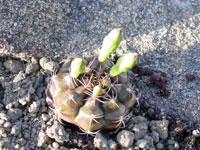
G. anisitsii
|
Picture taken at: Daiv Freeman's Private Collection
Photographer: Daiv Freeman
|
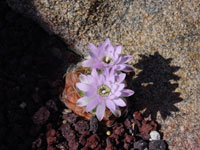
G. anisitsii
|
Picture taken at: Daiv Freeman's Private Collection
Photographer: Daiv Freeman
|
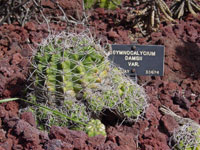
G. anisitsii
|
Picture taken at: Huntington Library and Gardens, San Marino, CA
Photographer: Daiv Freeman
|
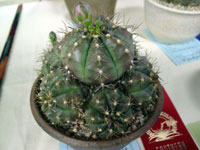
G. anisitsii
|
Picture taken at: 2005 Intercity Show, Los Angeles Arboretum
Photographer: Daiv Freeman
|
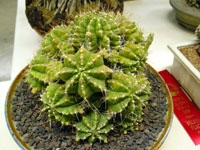
G. anisitsii
|
Picture taken at: 2005 Intercity Show, Los Angeles Arboretum
Photographer: Daiv Freeman
|
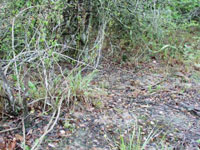
G. anisitsii
|
Picture taken at: Habitat near Concepción, North Paraguay
Photographer: Alexander Arzberger
|
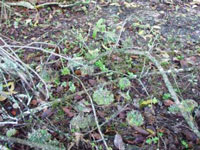
G. anisitsii
|
Picture taken at: Habitat near Concepción, North Paraguay
Photographer: Alexander Arzberger
|

G. anisitsii
|
Picture taken at: Habitat near Concepción, North Paraguay
Photographer: Alexander Arzberger
|
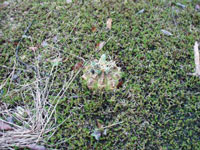
G. anisitsii
|
Picture taken at: Habitat near Concepción, North Paraguay
Photographer: Alexander Arzberger
|
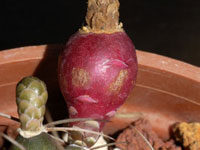
G. anisitsii
|
Picture taken at: Private Collection
Photographer: Dale Denham-Logsdon
|
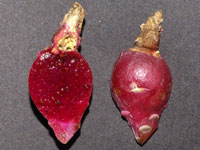
G. anisitsii
|
Picture taken at: Private Collection
Photographer: Dale Denham-Logsdon
|
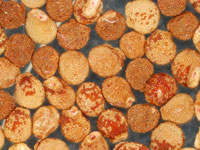
G. anisitsii
|
Picture taken at: Private Collection
Photographer: Dale Denham-Logsdon
|
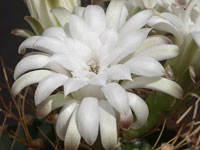
G. anisitsii
|
Picture taken at: Vladimir Malov's Private Collection
Photographer: Vladimir Malov
|